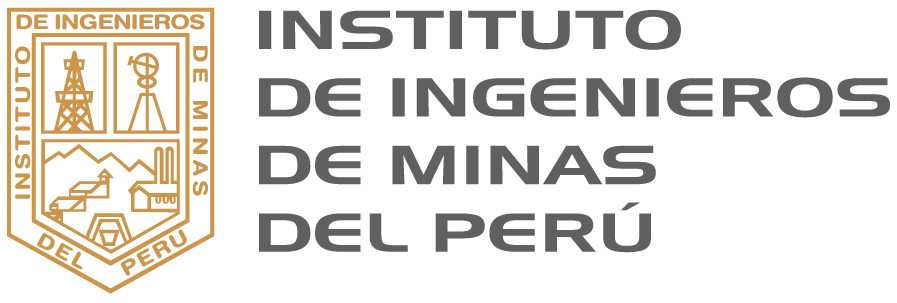- April 23, 2024
John Thompson: “The problem is that we develop mines that have lower copper concentrations”
The Canadian geoscientist stated that the sector faces new challenges in terms of improving the copper grade of mines, especially to be more efficient and reduce pollution.

Lima, April 23, 2024. In a context of growing debate about the transition to more sustainable energy sources, key statements emerge about the challenge inherent in mining development. John Thompson explained some of the important challenges currently facing the sector during his participation in the seminar Road to proEXPLO, organized by the Peruvian Institute of Mining Engineers (IIMP).
The geoscientist explained that during the period from 1994 to 2020, copper production showed a steady increase. However, there is also an increase in ore reserves. This growth in reserves indicates the supply capacity during this period, without clear indications of its continuation in the future.
In addition, Thompson notes that the main challenge lies in the development of mines containing lower concentrations of resources, such as copper. The decrease in ore grade implies a more complex and challenging mining process.
“The energy transition is not the problem, the problem is that we develop mines that have lower copper concentrations, which means we are effectively mining more and more rock to get that additional amount of copper we need to meet demand,” he said.
This phenomenon leads to an increase in energy and water consumption and waste generation, representing a direct conflict with the principles of sustainability and climate change mitigation.
Other Conditions
The expert comments that the challenge is intensified by socio-environmental and geopolitical considerations, as well as the volatility of the metals market. Fluctuating prices for copper, lithium and other metals threaten the financial viability of building new mines, thereby limiting the future supply of these critical resources.
It should be noted that the mining industry plays a vital role in the energy transition and climate change mitigation by providing the metals needed for clean technologies. However, to ensure their effective contribution, it is essential to address challenges related to the quality and availability of resources, as well as socioeconomic and market dynamics.
Ultimately, commitment to innovation, sustainable development and collaboration between different actors are essential elements to address the challenges posed by the energy transition in the context of the mining industry.
Less CO2
Thompson also spoke in his presentation about the relationship between mining and CO2 emissions, which is evident in every aspect of the operation, from transportation to rock processing.
“The need to move away from CO2 emissions and explore innovative solutions is clear. This involves rethinking our current practices and adopting more efficient technologies to reduce energy consumption in the movement, transport and processing of material,” he said.
The specialist indicated that strategies such as in-pit crushing, the implementation of better crushing technologies and the development of more efficient processes in mining plants are key areas of focus.
While some may consider these solutions costly, it is important to recognize the long-term value of mitigating CO2 emissions and improving operational efficiency. In addition, various possibilities for CO2 capture and utilization are being explored, including tailings fermentation to reduce net emissions from the mining operation.





